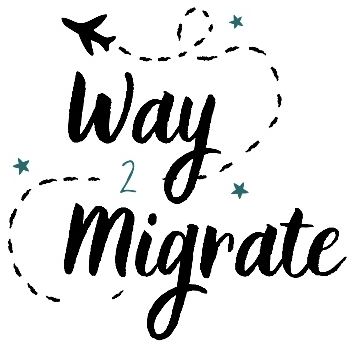Tourist Visa

If you’re planning a trip to Europe, it’s likely that you’ll need to obtain a Schengen tourist visa. The Schengen area consists of 26 European countries that have abolished passport and other types of border control at their mutual borders, which allows travelers to move freely within the area. In this article, we’ll discuss what a Schengen tourist visa is, who needs one, and how to apply for it.
What is a Schengen Tourist Visa?
A Schengen tourist visa is a type of visa that allows you to travel to and within the Schengen area for tourism purposes. This type of visa is valid for up to 90 days within a six-month period and allows you to travel freely between the Schengen countries.
Who Needs a Schengen Tourist Visa?
If you are a citizen of a country that is not part of the European Union (EU) or the European Economic Area (EEA), you will likely need a Schengen tourist visa to enter the Schengen area. The same applies if you are a citizen of a country that does not have a visa-free travel agreement with the Schengen countries.
How to Apply for a Schengen Tourist Visa
1. Determine the Embassy or Consulate: The first step is to determine which embassy or consulate you need to apply to. This will depend on the country that is your main destination or where you will be staying the longest.
2. Gather Required Documents: The next step is to gather all the required documents. This will typically include a completed application form, passport, photographs, travel itinerary, proof of travel insurance, and proof of financial means.
3. Book an Appointment: You will need to book an appointment to submit your application and have your biometrics taken. It’s important to do this well in advance as appointment availability can vary.
4. Attend the Appointment: On the day of your appointment, you will need to bring all your documents and pay the relevant fee. You will also need to have your biometrics taken, which typically involves providing your fingerprints and a photograph.
5. Wait for a Decision: After you have submitted your application and attended your appointment, you will need to wait for a decision. Processing times can vary, but it typically takes around 15 days. If your application is approved, you will be issued a Schengen tourist visa.
Conclusion
Obtaining a Schengen tourist visa can be a straightforward process if you plan ahead and follow the steps outlined above. Be sure to check the specific requirements of the embassy or consulate you will be applying to and give yourself plenty of time to gather all the necessary documents and book an appointment. With a Schengen tourist visa, you can enjoy the many sights and experiences that Europe has to offer.
Visa shopping
Cherry picking of consulates, also known as visa shopping, is a term used to describe the practice of applying for a Schengen visa at a consulate other than the one that should be responsible for processing the application. This is done with the hope of obtaining a visa more easily, as different consulates may have different requirements and processes for visa applications.
While it may seem like an appealing option, it’s important to understand that cherry picking of consulates is not a legitimate practice and can result in serious consequences for the applicant.
Why is Cherry Picking of Consulates Illegal?
The Schengen agreement is a treaty between 26 European countries that allows for the free movement of people within the Schengen area. However, this freedom of movement is only available to those who comply with the Schengen visa regulations, including the requirement to apply for a visa at the appropriate consulate.
Each Schengen country is responsible for processing visa applications for the nationals of specific countries. The consulate of the main destination or longest stay is responsible for processing the visa application. Cherry picking of consulates undermines this system and can result in visa fraud, which can lead to serious consequences for the applicant, including being banned from entering the Schengen area.
What are the Consequences of Cherry Picking of Consulates?
If an applicant is found to have cherry-picked a consulate, their visa application will be rejected and they may be banned from entering the Schengen area. This is because the applicant has not followed the proper visa application process and has attempted to deceive the authorities.
In addition, if an applicant is found to have provided false information or documents, they may be subject to criminal charges and may be banned from entering the Schengen area for a longer period of time.
How to Avoid Cherry Picking of Consulates?
The best way to avoid cherry picking of consulates is to follow the proper visa application process. This involves applying for a Schengen visa at the consulate of the main destination or longest stay.
It’s also important to provide accurate and truthful information on the visa application, including the purpose of the trip, itinerary, and financial means. Failure to do so can result in the rejection of the visa application and other serious consequences.
Conclusion
Cherry picking of consulates is not a legitimate practice and can result in serious consequences for the applicant. It’s important to follow the proper visa application process and apply at the appropriate consulate. By providing accurate and truthful information on the visa application, applicants can increase their chances of obtaining a Schengen visa and avoid the risk of being banned from entering the Schengen area.




